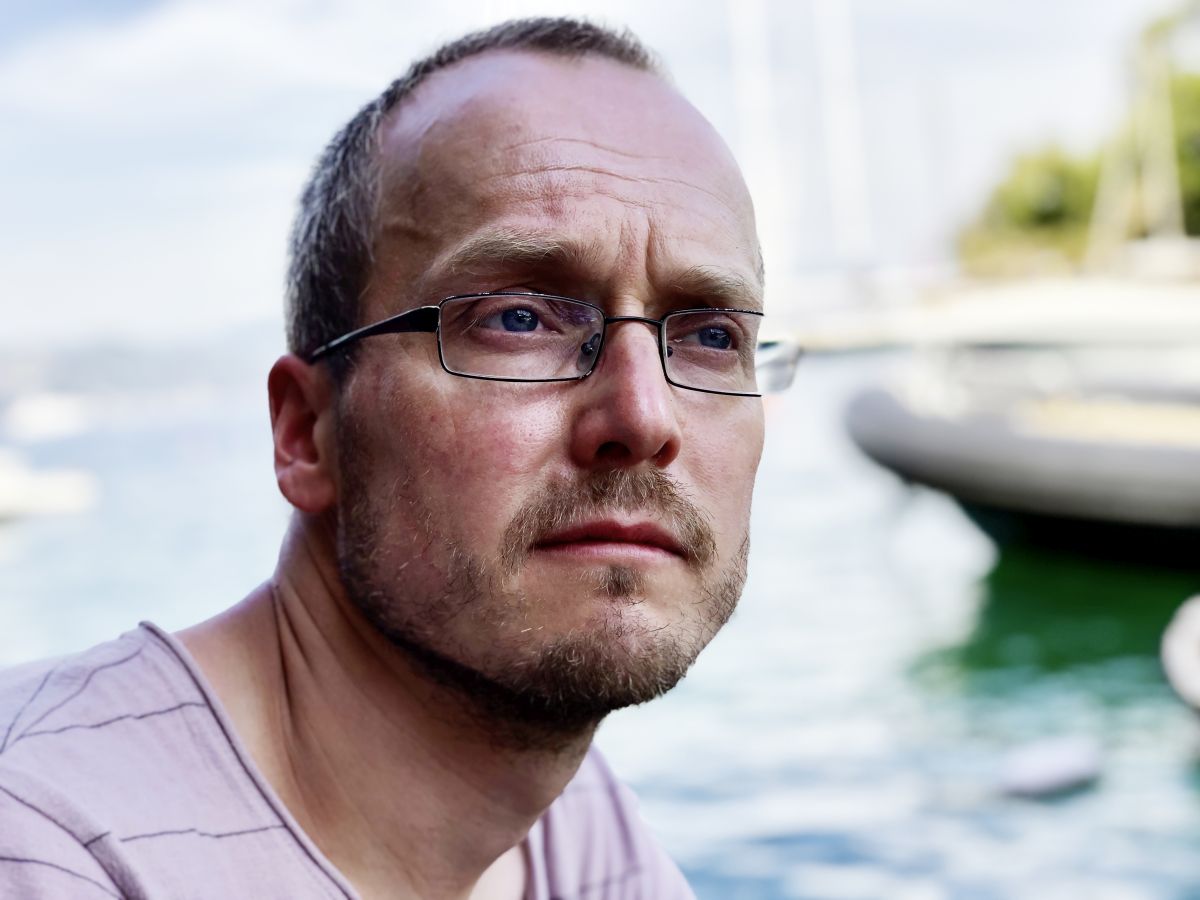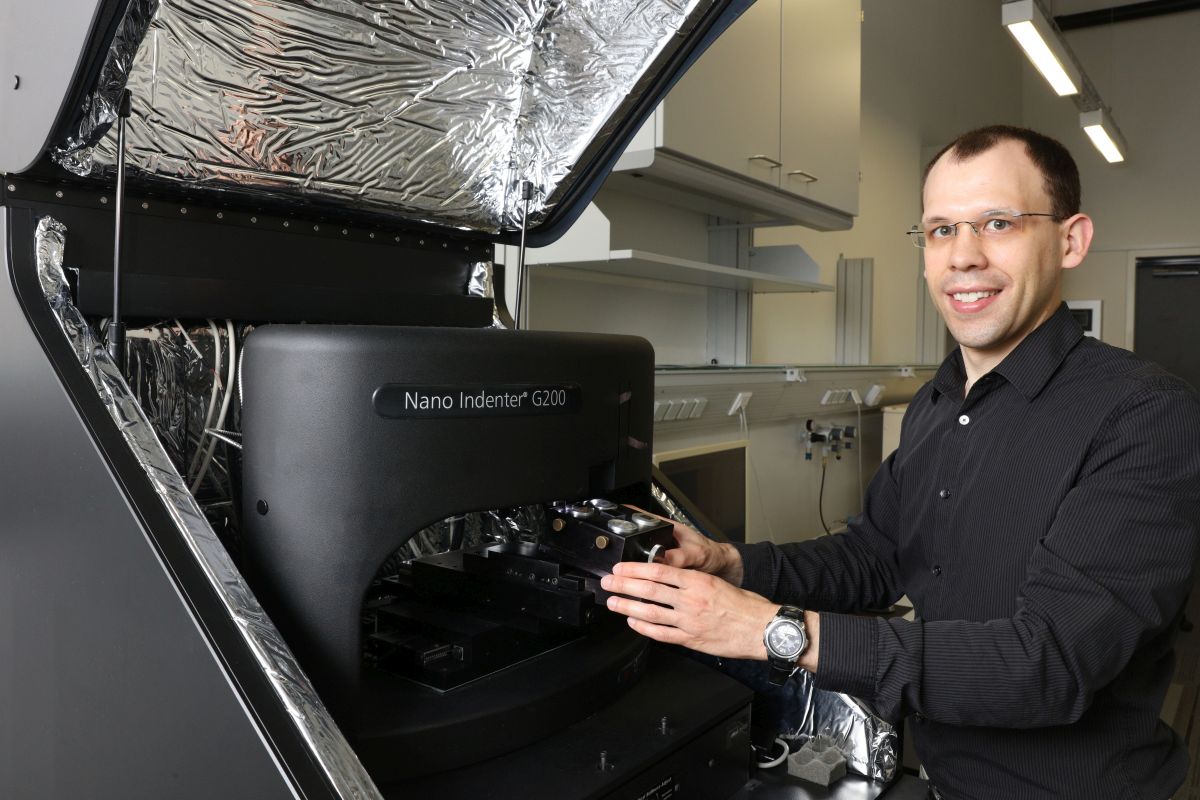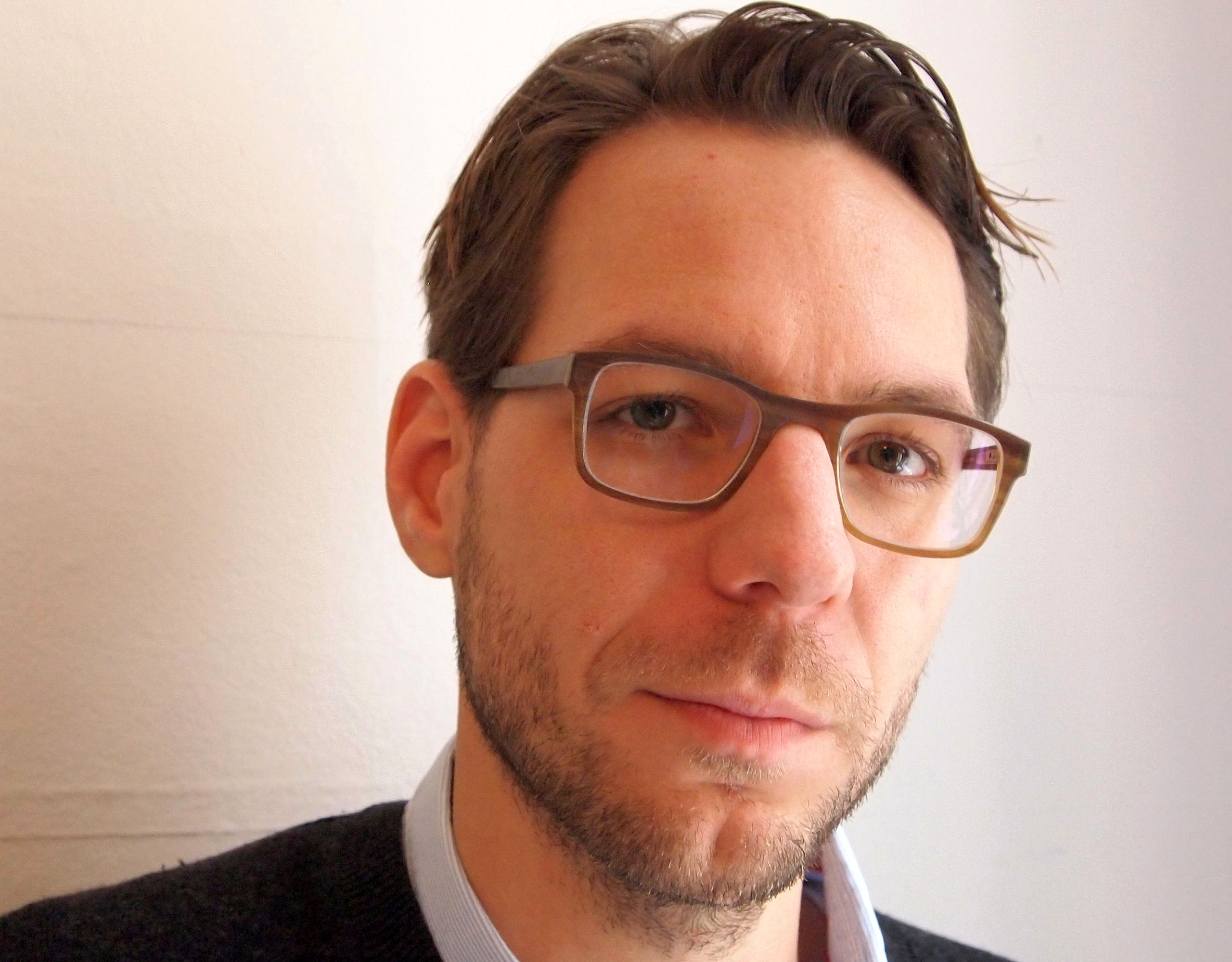Three ERC Starting Grants: Several million euros in funding for FAU researchers
Three young researchers at FAU have succeeded in securing research funding in one of the toughest European selection processes. Over the next five years, the European Research Council (ERC) will provide ERC Starting Grants of 1.5 million euros each to support the outstanding research projects of Dr. Johannes Fürst, PD Dr. Benoit Merle and Prof. Dr. Dominik Munz. Less than ten percent of the submitted projects make it through the strict selection process. The ERC awards its funding annually to research projects with particularly high innovation potential.
Glacial expert: Dr. Johannes Fürst, Institute of Geography

Project summary: FRAGILE. Next generation framework for global glacier forecasting
Our glaciers are melting – and will continue to do so if there is no drastic intervention to tackle climate change. This is a fact that is widely known and accepted. But how can the retreat and melting of all glaciers worldwide be reliably predicted for the coming decades?
Until now, researchers have mainly used modelling approaches based on simple glacier models: usually, the glacier geometries have been greatly simplified to single flowlines or based entirely on volume and area data. Models to date have also largely disregarded flow behaviour. The ice thickness of today’s 200,000 glaciers is only very roughly known: and this has also been a major factor of uncertainty in previous forecasts.
Dr. Johannes Fürst wants to significantly improve these forecasts and he is currently working on forecasting models for the development of glaciers worldwide in the project FRAGILE. He intends to use systematic modelling techniques to exploit vast quantities of satellite data, which have not been widely used to date, including satellite images from the past 20 to 30 years. The vast data available now includes fortnightly coverage of each glacier on our planet, including measurements of its current speed and surface. This information will be incorporated gradually and systematically into the new forecasting model, which is a similar idea to weather forecasting. The system is optimised gradually by comparing the performance of the model with real-world conditions, helping to produce the most accurate forecasts possible.
Apart from this targeted use of data, Fürst wants to avoid any simplification of the glacier geometries: Instead, glaciers should be recorded in their entirety as three-dimensional bodies in glacial valleys and changes in their flow behaviour should be taken into account.
One of his first acquisitions from the Starting Grant funding was a storage server with a capacity of 400 terabytes for the enormous amounts of data that are processed in his model.
Profile
Johannes Fürst was born in Neuburg an der Donau in Bavaria. After completing his Master’s degree in physics at the University of Potsdam in 2009, he moved to neighbouring Belgium, where he received his doctorate in 2013 from the Vrije Universiteit Brussel on the effects of climate change on Greenland ice. He then worked as a postdoctoral researcher at the Laboratoire de Glaciologie et Géophysique de l ‘Environnement in Saint Martin d ‘Hères, a suburb of Grenoble, France, until 2015. In 2015 he returned to Germany and accepted a postdoctoral position at the Institute of Geography at Friedrich-Alexander-Universität Erlangen-Nürnberg. Since 2018 he has been a Research Associate at the Institute of Geography at FAU.
The nano crash-tester: PD Dr. Benoit Merle, Chair of Materials Sciences I (General Material Properties)

Project summary: NanoHighSpeed. High-speed deformation and failure of materials at the nanometre scale
How shock-resistant, how tear-resistant is a material? Can it be processed in a specific way? Is it reliable over a long period of time? Questions such as these occupy materials scientists on a daily basis – and sometimes even life depends on the answers, for example in aviation and automotive engineering. One of the most important modern methods for the analysis of materials is nanoindentation which can be used to characterize mechanical material properties at the most elementary levels – in the nanometre and micrometre range. However, it can only determine the mechanical properties of a material for a slow and controlled load – not in the event of impacts or collisions. Characterization methods are available which can reproduce high strain rates, as occur in the event of a fall or impact, but only on large, homogeneous samples.
But Dr. Benoit Merle wants to devise a method that can do both: fast and small. The aim of his project is therefore to develop nanoindentation as a new tool for experiments with a high strain rate – through simultaneous advances in hardware and experimental methods. The new process will be able to characterize millions of times higher strain rates than previous methods – at a scale that is millions of times smaller.
This has several benefits for materials science and industrial applications: reliability can be improved, wear can be reduced – especially for coatings such as those used on the display surface of smartphones. It is well known that this material often fractures under sudden stress such as when it is dropped to the ground. Hard material coatings for tools which extend their service life are also an important industrial application.
Finally, the process would help to optimise nanomaterials that are currently under development and that are to be used in the transport and energy sectors in the future. Here, too, Merle promises greater reliability and sustainability.
One of his first acquisitions from the Starting Grant funding was the prototype of an ultra-fast nano-indenter, which cost approximately a quarter of a million euros.
Profile
Benoit Merle, born near Montargis, south of Paris, graduated with distinction in 2005 from the École Centrale de Lyon in France. After several years as an engineer at Siemens AG, he obtained his doctorate on the mechanical behaviour of thin films under the supervision of Prof. M. Göken at Friedrich-Alexander-Universität Erlangen-Nürnberg. He then took over the management of the research group for nanomechanics in 2013. He spent the summer of 2018 at Texas A&M University for a longer research stay with Prof. George Pharr. During this time he designed the experimental approach used in the application for his current project. Back in Erlangen, he completed his habilitation in the field of materials science in May 2019.
Electron pusher: Prof. Dr. Dominik Munz, Professor of Coordination Chemistry at Saarland University

Project summary PUSH-IT. Charge Separation – A General Motif for the Activation and Catalytic Functionalization of Strong Bonds
New drugs, but also organic materials for solar cells, synthetic plastics and fuels, catalytic exhaust gas purification or chemical energy storage: Chemistry is the technology of the energy transformation.
In his PUSH-IT project, Dr. Dominik Munz aims to develop new reaction concepts that will create the reactions needed in the production of medications or for energy conversion and storage. The intended ‘dream’ reactions should be made possible through charge separation, which can be understood as pushing electrons into chemical bonds. The research group proposes that this can be achieved with chemical elements in unusual bonding situations. The synthesis chemists have an eye on the entire periodic table: The new reaction concept is targeted at both non-toxic and inexpensive main group elements and for catalyst systems of current industrial relevance such as palladium, platinum, copper or gold.
His initial expenditure from the Starting Grant funding was towards personnel costs as he believes that most innovations are discovered by creative scientists and not machines.
Profile
Dominik Munz grew up in Augsburg and studied chemistry at TU Dresden (Germany) and chemical engineering at ENSC Rennes and ENSC Lille (France). He received his doctorate in 2013 under Thomas Strassner (TU Dresden, Physical Organic Chemistry). Strassner himself obtained his doctorate at FAU in 1994. After a postdoctoral position with T. Brent Gunnoe (University of Virginia, USA) at the Center for Catalytic Hydrocarbon Functionalization (CCHF) with Transition Metals, he worked with Guy Bertrand (UC San Diego, USA) in the field of main group chemistry. He pursued a habilitation at the Chair of Inorganic and General Chemistry (Karsten Meyer) at Friedrich-Alexander-Universität Erlangen-Nürnberg with studies on multiply bound late transition metal complexes, iron chemistry and organic biradicals as the basis for the development of new solar cells. In April 2020, he began work in his current position as Professor (W2) of Coordination Chemistry at Saarland University in Saarbrücken. Dominik Munz is the father of two children and is interested in chemistry, mountains, backpacking, music and Frisbee discs.
Further information:
FAU Press Office
Phone +49 9131 8570229
